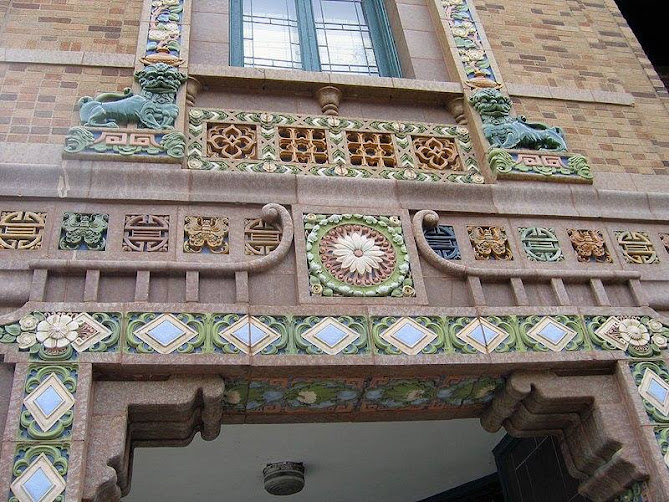The fourth Illinois statehouse in Vandalia served as the State capitol from 1836 until 1839 and is the oldest surviving capitol building in the state. The first (1818-1820) was at Kaskaskia, the state’s first capital. The second (1820-1823), third (1824-1836), and fourth (1836-1839) were all in Vandalia. The fifth (1839-1876) is in Springfield and is preserved as the Old State Capitol State Historic Site. The sixth is the current capital (1876-present) in Springfield.
As a historian, I was escorted into the roped-off and closed rooms to take pictures on October 9, 2013. The volunteer had a wealth of knowledge and joined my Facebook group after I finished the photoshoot.
The Vandalia Statehouse is significant for its association with Abraham Lincoln, who served in the House of Representatives. In 1974 the Statehouse was placed on the National Register of Historic Places.
The Statehouse is located in the center of a city block in downtown Vandalia, a two-story painted brick structure. Porticoes on the north and south sides of the “restored” building reproduce those added in the 1850s.
The first floor contains a large entry hall and rooms representing the offices of the Auditor, Treasurer, and Secretary of State, as well as the Supreme Court chamber. The second floor comprises a central hall and recreated House and Senate chambers, each containing a visitor gallery reached by staircases.
The visitors’ Gallery is off-limits due to the fire code stating there must be two exits; the Gallery has only one.
The square on which the building is located is handsomely landscaped, with many trees. A large statue, the “Madonna of the Trail,” donated by the Daughters of the American Revolution and dedicated in 1928, is located on the southwest corner. It commemorates Vandalia as the official terminus of the historic National Road.
Visitors are offered free guided tours through the building or can view the historically furnished rooms independently from the roped-off open doorways. Informational signs describing each room are located in the hall, but nobody is permitted into the rooms. A small exhibit in the first-floor hall outlines Abraham Lincoln’s connection with the Statehouse.
Compiled by Dr. Neil Gale, Ph.D.




















